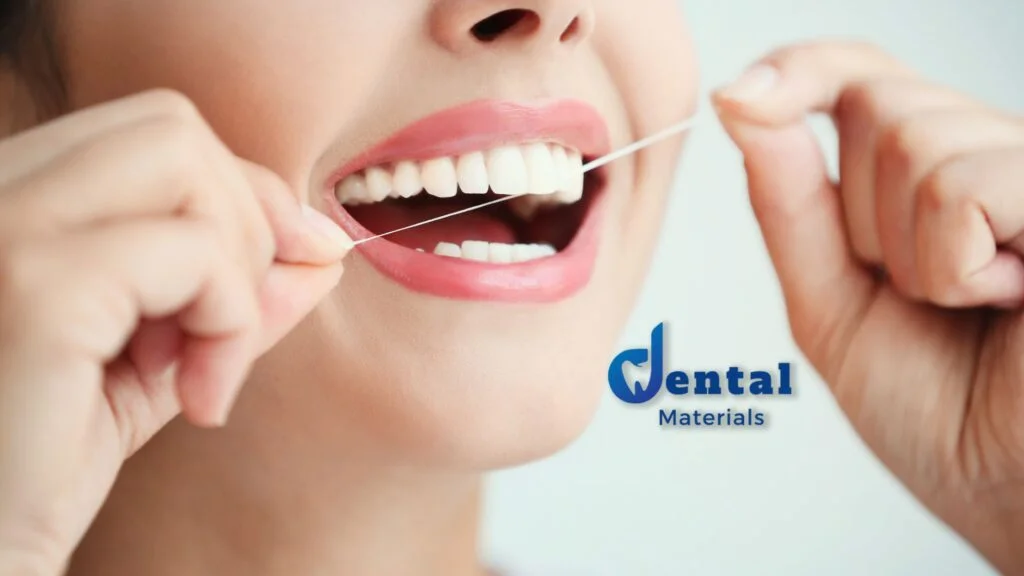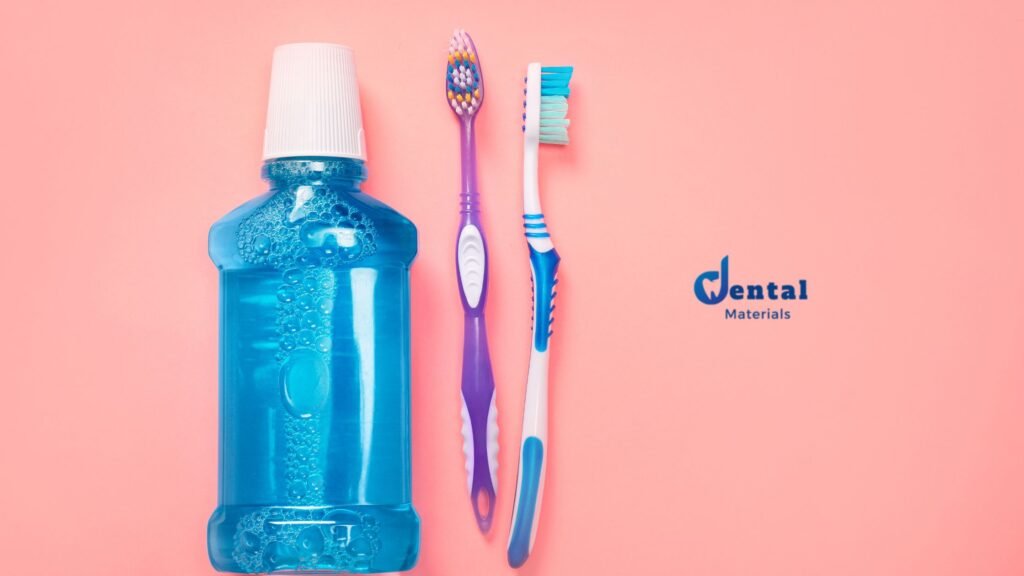In short, no, interdental brushes themselves don’t cause black triangles. Black triangles can happen when the gum tissue between teeth shrinks. Using interdental brushes properly, with gentle and regular cleaning, can actually help prevent gum issues and maintain good oral health.
When you use them aggressively, this can result in gum injury, but not to the degree of a black triangle.
Causes of black triangles
Several factors can contribute to the formation of black triangles:
- Gum Disease (Periodontitis): The most common cause is gum disease, which leads to bone loss and the recession of the gum tissue.
- Orthodontic Treatment: Moving teeth orthodontically can sometimes lead to changes in the gingival architecture.
- Tooth Shape and Position: Naturally triangular-shaped teeth or teeth that have shifted over time might result in open gingival embrasures.
- Age: As we age, some gum and bone recession is normal, which may result in the formation of these spaces.
Are you following the right oral hygiene habits? I doubt !
Take the quiz and test whether you're following the recommended oral hygiene practices.
How to use interdental brushes properly?
Using interdental brushes correctly is essential for effective cleaning without causing trauma to the gums or teeth. Here’s a step-by-step guide on how to use interdental brushes properly:
- Choose the Right Size:
- Interdental brushes come in various sizes. It’s crucial to select the right size for your teeth. If the brush is too big, it might cause injury, and if it’s too small, it won’t clean effectively.
- A dental professional can help determine the most appropriate size for your teeth.
- Prepare the Brush:
- Some people find it beneficial to slightly bend the brush to reach the back teeth more easily. However, make sure not to bend it too much, as it might weaken or break the wire.
- It’s optional, but you can also dip the brush in mouthwash or water for added freshness.
- Gentle Insertion:
- Hold the brush handle and gently insert the brush into the gap between two teeth. Do this with care to avoid jamming it or causing gum injury.
- Move the Brush:
- Once inserted, move the brush back and forth a few times. This motion helps dislodge any trapped food particles or plaque.
- Do not force the brush into spaces; if it doesn’t fit easily, it might be too large for that particular gap.
- Proceed to the Next Gap:
- After cleaning one gap, move on to the next interdental space. Rinse the brush when necessary to remove any debris.
- Reach the Back Teeth:
- Don’t forget the back of your last molars. Although there’s no adjacent tooth, this area can still accumulate food and plaque.
- Rinse After Use:
- After you’ve finished cleaning all the spaces, rinse the interdental brush under running water to remove any trapped debris.
- Regular Replacement:
- Like all dental tools, interdental brushes wear out and need to be replaced. If the bristles become worn or if the wire gets bent or loses its rigidity, it’s time for a new one.
- Consult a Dental Professional:
- If you’re unsure about your technique or the size of the interdental brush, seek advice from a dentist or dental hygienist. They can provide a demonstration and tips for effective use.

Tips
- Avoid Forcing: Never force the brush into a space. This can lead to gum injury and potentially damage the brush.
- Regular Use: For best oral health, incorporate interdental brushing into your daily routine.
- Pair with Other Hygiene Habits: Interdental brushes are an addition to, not a replacement for, regular toothbrushing and flossing. Use them in conjunction with these other methods for a comprehensive oral care routine.
Is it better to floss or use interdental brushes?
Both flossing and interdental brushes are effective tools for cleaning between your teeth, and the choice between them often depends on personal preference and the specific needs of your teeth and gums. Here’s a brief comparison:
| Criteria | Flossing | Interdental Brushes |
|---|---|---|
| Ease of Use | Some find it challenging. | Generally easier for many people. |
| Space Accessibility | Good for tight spaces. | Effective for larger gaps, might not fit very tight spaces. Good for people with braces. |




